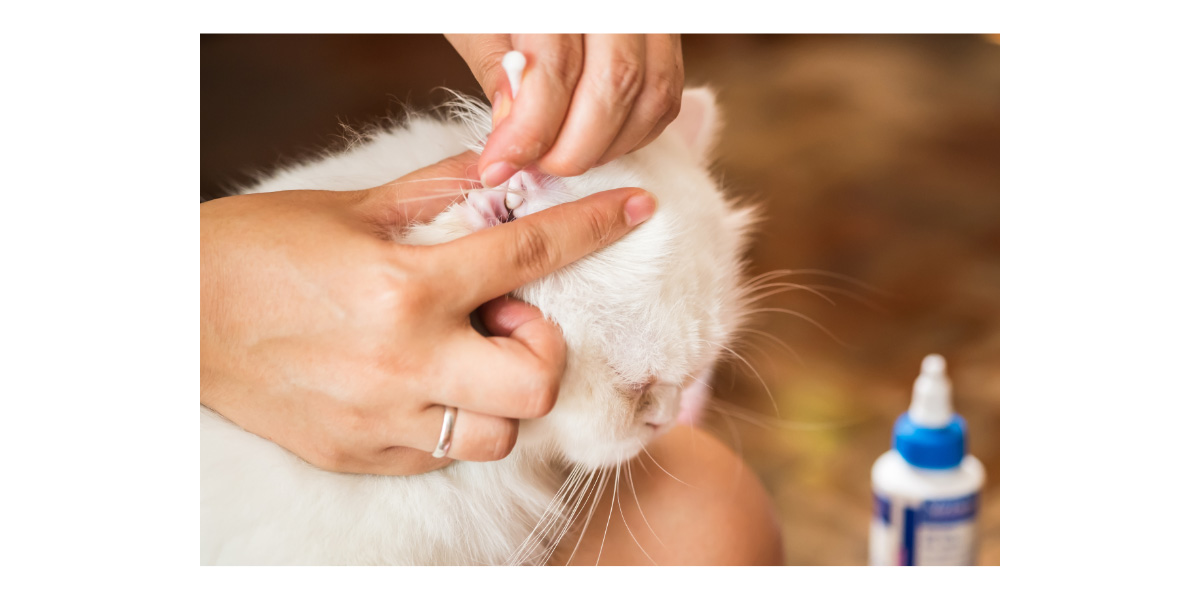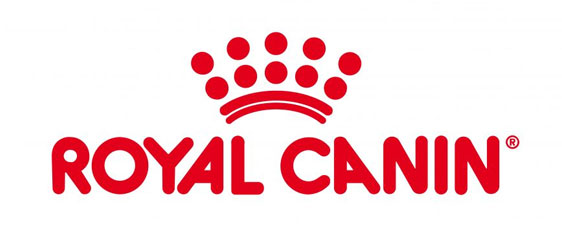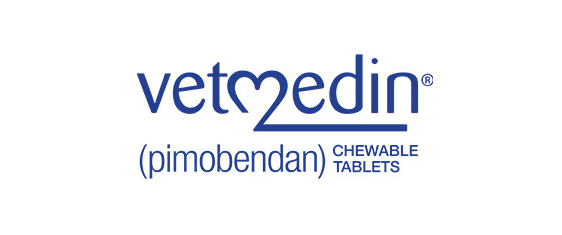Flushing Your Pet's Ears
Doctor of Veterinary Medicine

While efforts are made to answer all questions as quickly as possible, if an immediate answer is required or if your pet is in need of urgent or emergency care, contact your pet's veterinarian immediately.
Doctor of Veterinary Medicine

You will receive an answer from Dr. Lindsay and our vet/tech team as soon as possible, usually the same day.
All answers are provided for informational or educational purposes only, and are intended to be a supplement to, and not a substitute for, the expertise and professional judgment of your pet's veterinarian.
It may be necessary to consult your pet's veterinarian regarding the applicability of any opinions or recommendations with respect to your pet's symptoms or medical condition.
CloseDoctor of Veterinary Medicine

An error has occurred, please reload the page and try again.
CloseWhile efforts are made to answer all questions as quickly as possible, if an immediate answer is required or if your pet is in need of urgent or emergency care, contact your pet's veterinarian immediately.
There is no answer related to your question

Why do pets' ears need to be flushed?
The ear is meant to be self-cleaning, but in some pets this system is ineffective. It may be ineffective because your pet has more secreting apocrine glands than normal, or because infection has made your pet's sloughing or shedding mechanisms ineffective. The skin or epithelial cells inside the ear are like those on the rest of the body—they are replaced every couple of weeks. As the cells are sloughed inside the ear, they move outward toward the entrance of the canal carrying debris with them. If the canal is full of heavy debris, the sloughing cells can't move toward the outer canal. If the ear is narrowed because of chronic inflammation, the sloughing mechanism is also hampered.
Sometimes it is the size of the pets' ears and ear flaps. A heavy ear flap can make it hard for the pet's ear to breathe, keeping the canal damp and sometimes causing a yeasty effect and smell. Cocker Spaniels are a good example of this.
If your pet has excess cerumen (earwax) and debris in their ears, they may need your help to flush the ears clean. Flushing ear wax removes debris, allows medication to contact the skin, and allows visualization of the eardrum (tympanum).
How to flush your dog's or cat's ears
Ear flushing is not a whirlpool activity; flushing is gentle filling and emptying of the ear with a cleaning solution, and you should undertake it only with your veterinarian's approval. Use solutions that are at room temperature.
Using a regular or bulb syringe:
The syringe tip should not touch the skin. Practice with the bulb syringe so that you squeeze so gently it does not whistle. That is the right amount of suction to use.
Which medications to use
Choosing a flushing or ear cleansing medication depends upon:
- What you want to accomplish—inhibiting yeast, inhibiting bacteria or removing moisture
- Whether the eardrum is intact
If the eardrum is not intact, your veterinarian will recommend products that contain: colloidal silver benzoic acid, malic acid, salicylic acid or povidone iodine because they do not damage the inner ear.
If your pet has Malassezia, a yeast infection, your veterinarian will recommend an antifungal. If the problem is with bacteria, the veterinarian will recommend an antibiotic that controls either gram-positive staphylococcal or streptococcal bacteria, or an antibiotic that controls gram-negative bacteria, such as pseudomonas and E. coli.
For moist ear infections, an ear solution or suspension is preferable to an ointment, cream or powder. For a dry ear infection, use an ointment or cream.
How often should you flush your pet's ears?
Your veterinarian will tell you how often your pet's ears should be flushed. The usual veterinary recommendation is once daily for 7-10 days, then weekly. One clue that flush has been effective and the frequency can be reduced is that the material wiped from the canal decreases to nothing or a small amount that is fairly white.
Do not flush your pet's ears too often
If your pet's ears are filling up so that they need to be flushed frequently, check with your veterinarian. Your pet may have allergies, and removing the offending allergen may be the best way to ease your pet's ear problems.
Flushing removes the helpful immunoglobulins, IgA, IgG, and IgM designed by nature to control bacteria and yeast. Use ear medications only as directed by your veterinarian.
Can ear flushing lead to deafness?
If flushing introduces fluids to the middle ear, your pet may be deaf for 7-10 days until the fluid is absorbed.
Gentle approach to ear flushing
Rubbing or massaging the ear to distribute medication can damage the 7th and 8th cranial nerves; and your pet can become deaf, ataxic, and lose its balance. Handle gently.
 Swipe
Swipe
































